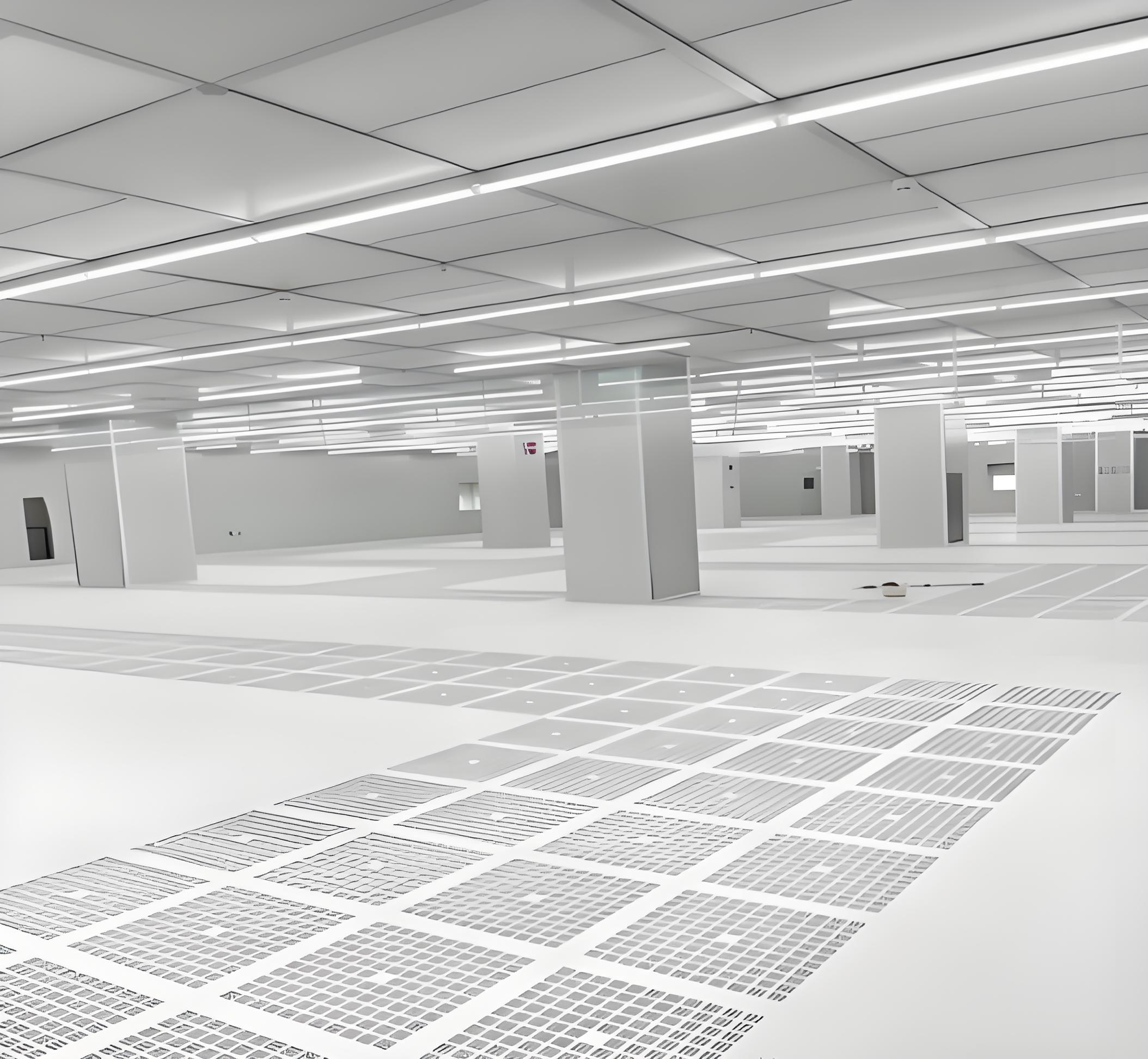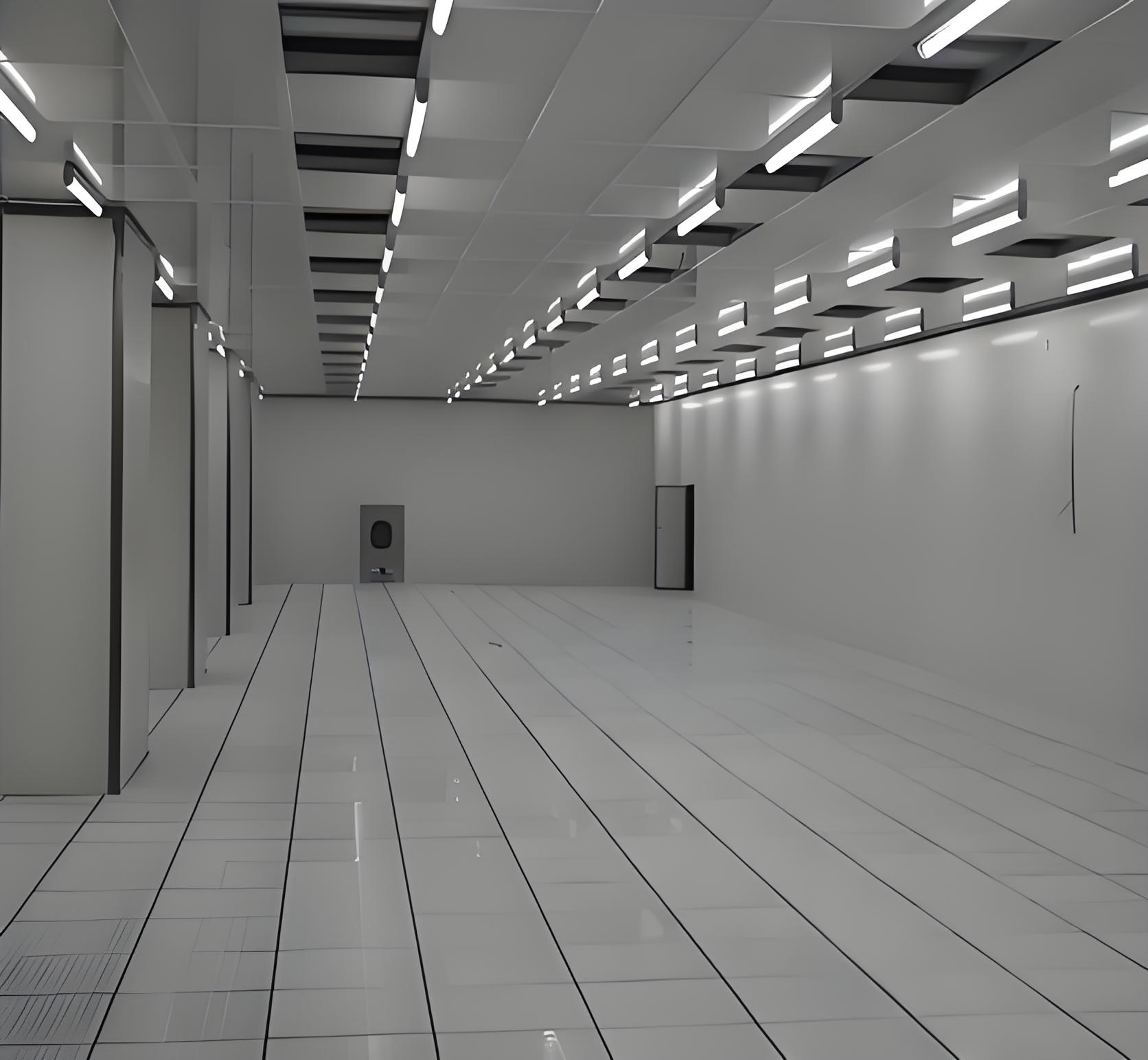




Aseptic room design is a critical component in industries such as pharmaceuticals, biotechnology, healthcare, and food processing, where maintaining a sterile environment is paramount to product safety and regulatory compliance. This specialized field focuses on creating controlled environments that prevent contamination by microorganisms, particles, and other pollutants. The importance of aseptic room design cannot be overstated, as it directly impacts product quality, patient safety, and operational efficiency. In this comprehensive guide, we will explore key aspects of aseptic room design, including its integration with broader concepts like Aseptic Processing Facility Design, Aseptic Facility Design and Engineering, the role of aseptic design consulting firms, and the expertise of an aseptic facility HVAC design consultant. Additionally, we will address common challenges and solutions in this domain, ensuring that professionals have a solid understanding of best practices.
The foundation of aseptic room design lies in principles such as air filtration, pressure differentials, material flow, and personnel training. With advancements in technology and increasing regulatory scrutiny, designing an effective aseptic room requires a multidisciplinary approach. Whether you are involved in new construction or retrofitting existing facilities, this article will provide valuable insights into achieving optimal sterility. We will delve into each related keyword, highlighting their interconnections and practical applications. By the end, you will appreciate how aseptic room design serves as the cornerstone of larger sterile operations, and why consulting experts is often essential for success.

Aseptic Processing Facility Design encompasses the broader infrastructure needed for sterile manufacturing processes, with aseptic room design being a core element. This approach involves planning entire facilities—from cleanrooms to packaging areas—to ensure aseptic conditions throughout production. Key considerations include layout optimization to minimize contamination risks, such as implementing unidirectional airflow and segregation zones. For instance, in pharmaceutical settings, Aseptic Processing Facility Design must align with Good Manufacturing Practices (GMP) and guidelines from agencies like the FDA or EMA.
One critical aspect is the integration of automation and robotics to reduce human intervention, which is a common source of contamination. Aseptic room design within this context focuses on creating isolated environments where critical steps like filling and sealing occur. The design must account for factors like material transfer systems, air handling units, and monitoring systems. Moreover, Aseptic Processing Facility Design often involves risk assessment tools like Failure Mode and Effects Analysis (FMEA) to identify potential vulnerabilities. By emphasizing aseptic room design principles, such as HEPA filtration and positive pressure control, facilities can achieve higher sterility assurance levels. This holistic approach ensures that every component, from walls to workflows, supports the goal of maintaining aseptic conditions.
Aseptic Facility Design and Engineering extends beyond individual rooms to encompass the entire architectural and mechanical framework of a sterile facility. This discipline combines engineering principles with microbiological control to create robust environments. Central to this is aseptic room design, which influences broader decisions on structural materials, utilities, and energy efficiency. For example, the choice of smooth, non-porous surfaces in aseptic room design reduces microbial adhesion and facilitates cleaning, a principle that scales up in Aseptic Facility Design and Engineering.
Engineering aspects include the design of HVAC systems, plumbing, and electrical systems that support aseptic operations. Aseptic Facility Design and Engineering must ensure that air changes per hour (ACH) are optimized to maintain cleanliness classifications, such as ISO 5 or higher. Additionally, the integration of process equipment—like bioreactors or filling machines—requires careful planning to avoid contamination hotspots. Aseptic room design plays a pivotal role here, as it sets the standards for environmental controls that are replicated throughout the facility. Common engineering challenges include balancing energy consumption with sterility requirements, which can be addressed through innovative solutions like variable air volume systems. By leveraging aseptic room design best practices, engineers can create facilities that are both compliant and cost-effective, highlighting the synergy between detailed room-level planning and overall facility engineering.
Aseptic design consulting firms specialize in providing expert guidance on sterile environment projects, making them invaluable partners in achieving successful aseptic room design. These firms offer services ranging from conceptual design and regulatory compliance to validation and training. Their expertise is particularly crucial for complex projects involving Aseptic Processing Facility Design or Aseptic Facility Design and Engineering, where a multidisciplinary approach is needed. By engaging aseptic design consulting firms, organizations can tap into specialized knowledge that mitigates risks and accelerates project timelines.
Consultants typically conduct feasibility studies and gap analyses to align aseptic room design with client needs and industry standards. For instance, they might recommend specific layout modifications to enhance airflow patterns or suggest materials that meet regulatory requirements. Aseptic design consulting firms also play a key role in navigating certifications like ISO 14644 for cleanrooms. Their involvement ensures that aseptic room design is not only technically sound but also economically viable, as they help optimize resources and avoid costly rework. In projects where an aseptic facility HVAC design consultant is required, these firms often collaborate to integrate HVAC solutions seamlessly. Overall, the value of aseptic design consulting firms lies in their ability to bridge theory and practice, ensuring that aseptic room design principles are applied effectively across all project phases.

An aseptic facility HVAC design consultant focuses specifically on the heating, ventilation, and air conditioning systems that are vital to aseptic room design. HVAC systems are the lifeline of sterile environments, controlling temperature, humidity, and particulate levels to prevent contamination. The consultant's role involves designing systems that maintain required cleanliness classifications, such as ensuring laminar airflow in critical zones. This expertise is a subset of broader Aseptic Facility Design and Engineering but requires specialized knowledge in fluid dynamics and filtration technology.
In aseptic room design, the HVAC system must provide adequate air changes, typically ranging from 20 to 60 per hour, depending on the room's classification. An aseptic facility HVAC design consultant evaluates factors like filter efficiency (e.g., HEPA or ULPA filters), pressure differentials between rooms, and recovery times after door openings. They also address energy efficiency, as HVAC systems can account for a significant portion of a facility's operating costs. For example, by incorporating heat recovery units, consultants can reduce energy waste while maintaining sterility. Collaboration with aseptic design consulting firms ensures that HVAC designs align with overall aseptic room design objectives. Common challenges include avoiding air stagnation and managing humidity levels, which the consultant mitigates through computational fluid dynamics (CFD) modeling. Ultimately, the input of an aseptic facility HVAC design consultant is indispensable for creating sustainable and compliant sterile environments.
Despite careful planning, aseptic room design often faces several common problems that can compromise sterility. Understanding these issues is essential for proactive management. One frequent challenge is inadequate pressure differentials, leading to cross-contamination between areas. This can arise from poor sealing or incorrect HVAC settings. Solution: Regular monitoring and calibration of pressure gauges, along with robust door designs, can maintain required differentials. Integrating feedback from an aseptic facility HVAC design consultant during the design phase can prevent such issues.
Another problem is particulate contamination due to improper material or personnel flow. In Aseptic Processing Facility Design, this might manifest as bottlenecks in gowning areas or inefficient transfer systems. Solution: Implementing airlocks and unidirectional pathways, as recommended by aseptic design consulting firms, can streamline movements. Additionally, training programs for staff on aseptic techniques are crucial. Microbial contamination is also a concern, often stemming from surface choices or cleaning protocols. For instance, porous materials can harbor bacteria. Solution: Using smooth, cleanable surfaces and validating sanitization procedures can mitigate risks. In terms of Aseptic Facility Design and Engineering, energy inefficiency in HVAC systems is a common issue, which can be addressed through smart controls and regular audits. By anticipating these problems and incorporating solutions early in the aseptic room design process, facilities can achieve higher reliability and compliance.
In summary, aseptic room design is a foundational element that supports larger initiatives like Aseptic Processing Facility Design and Aseptic Facility Design and Engineering. By focusing on sterile principles, organizations can ensure product integrity and regulatory adherence. The involvement of specialized entities such as aseptic design consulting firms and an aseptic facility HVAC design consultant enhances the effectiveness of these designs, providing expert insights that address common challenges. From optimizing airflow to managing contamination risks, a well-executed aseptic room design contributes to the overall success of sterile facilities. As industries evolve, continuous improvement in these areas will be key to meeting future demands. We hope this guide has offered valuable perspectives on integrating these concepts for optimal outcomes.